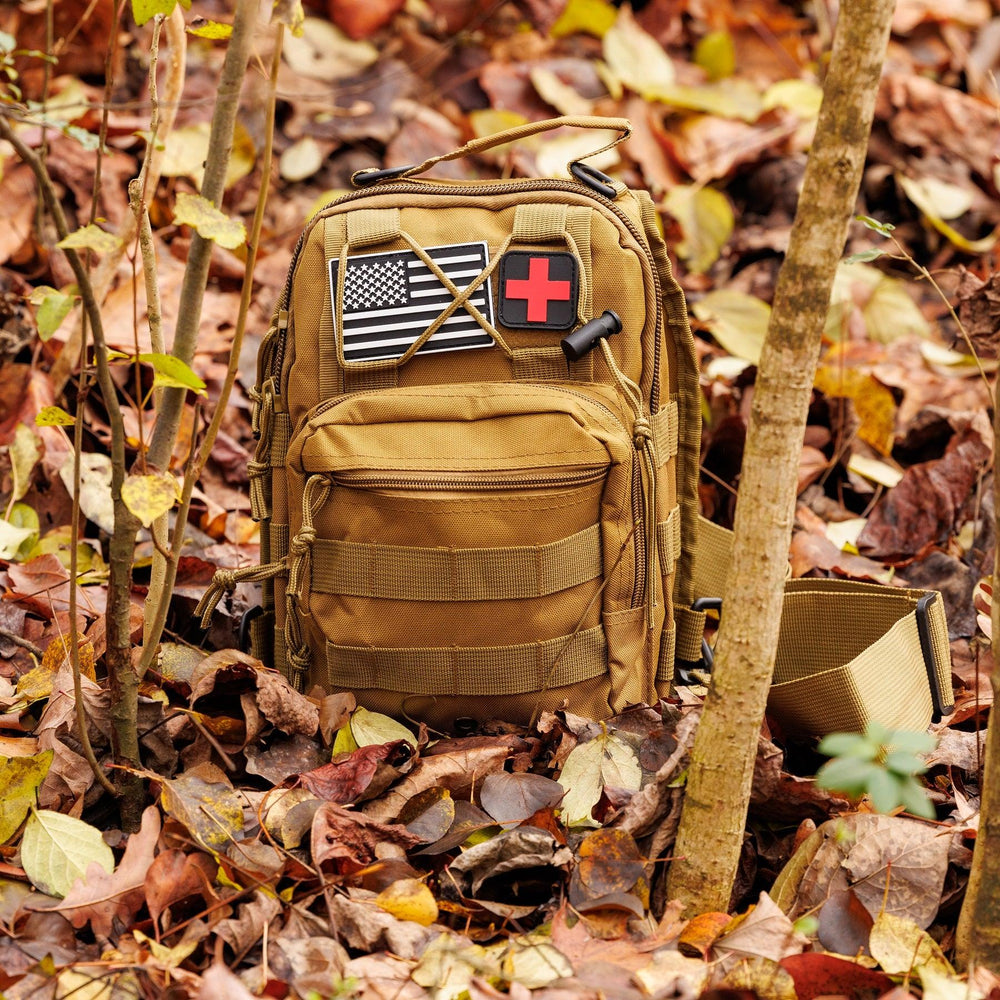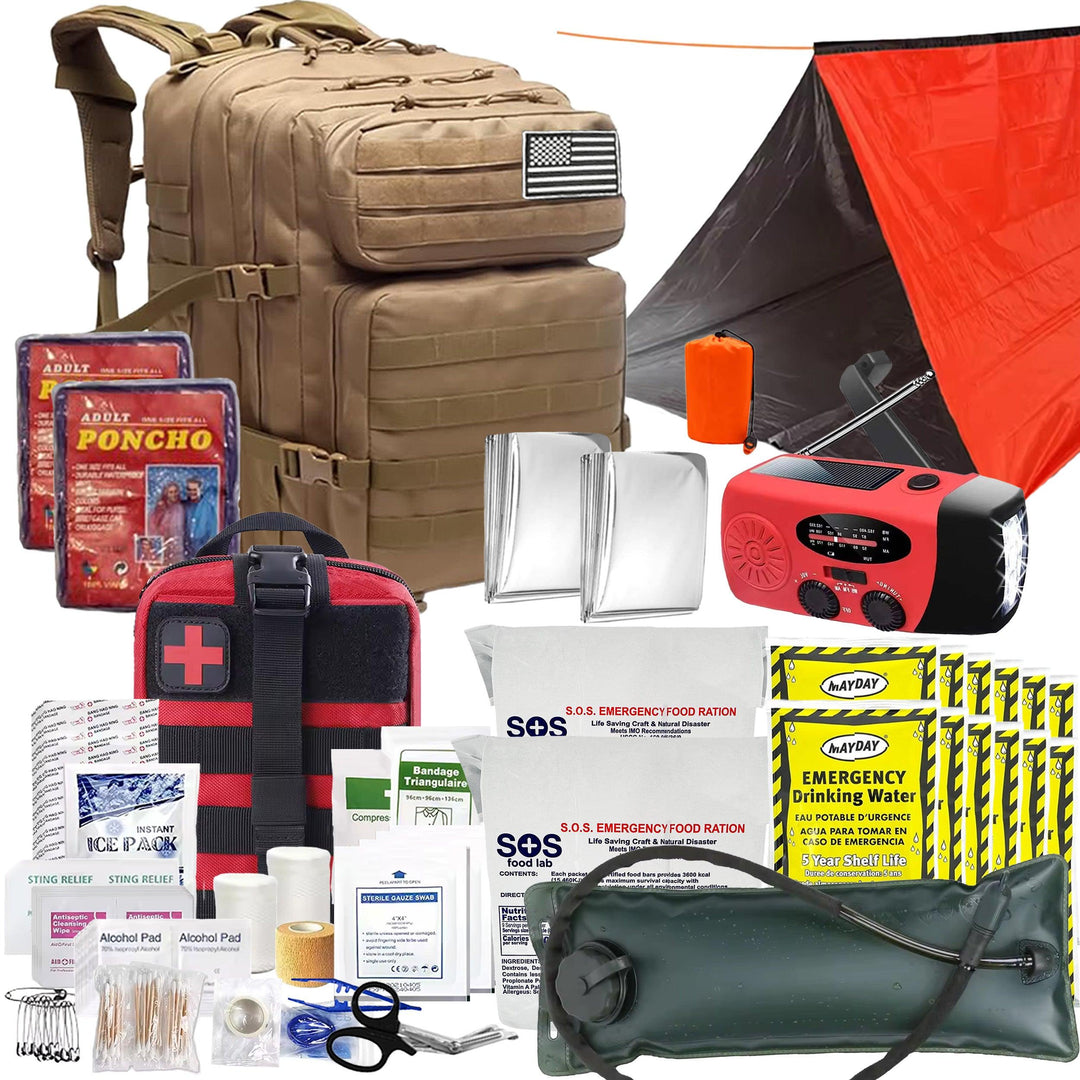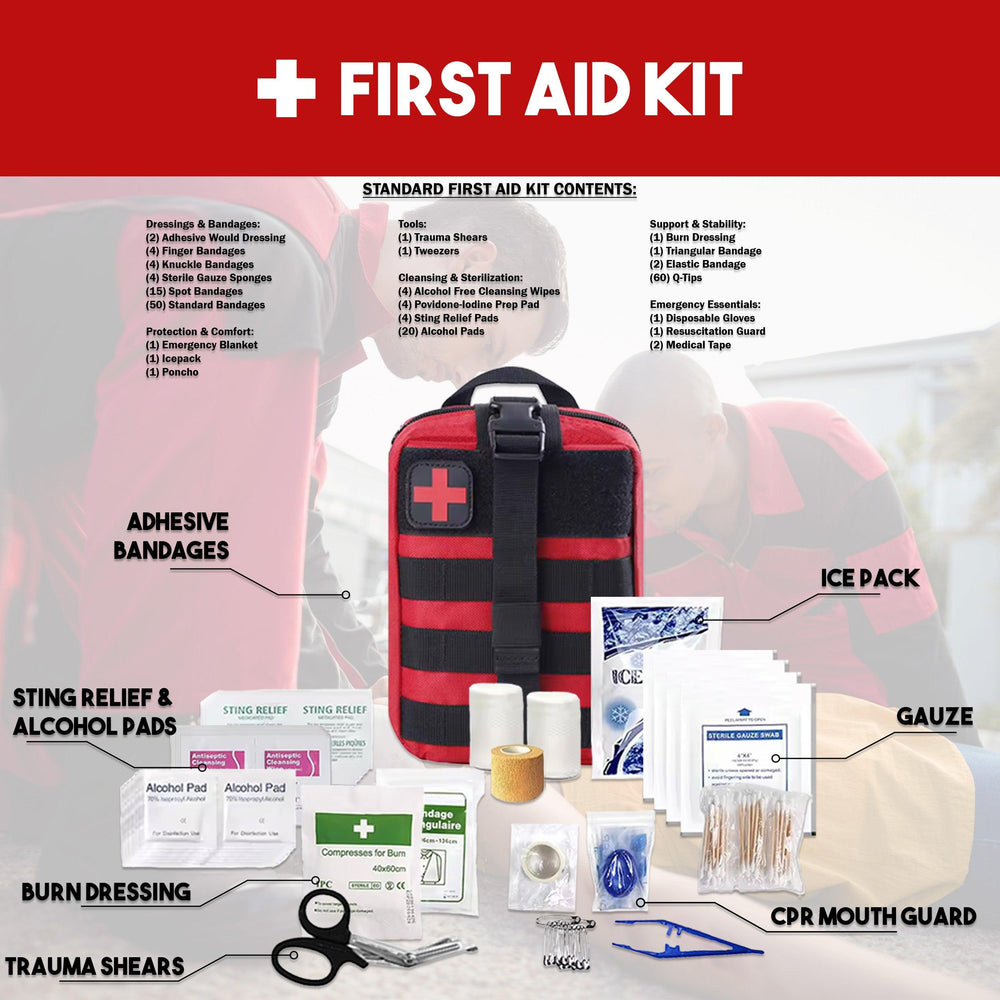How to Optimize Your Bug Out Bag for Any Emergency
Understanding the Standard Duration
The typical recommendation for a bug out bag is to sustain you for at least 72 hours. This duration is based on the average time it might take for emergency services to reach you after a major disaster. A 72-hour bag aims to cover the basics of survival: hydration, nutrition, shelter, and safety.Essential Contents of a 72-Hour Bag
Using the 2-Person 72-Hour Premium Bug Out Bag as a model, here are some core items included:
- Water and Filtration: It contains water pouches and a filtration system, acknowledging that access to clean water is a priority.
- Food Supplies: This bag is equipped with high-calorie bars and ready-to-eat meals, providing necessary energy without the need for cooking.
- Shelter and Warmth: A compact tent, emergency blankets, and body warmers are included to protect against the elements.
- First Aid Kit: A comprehensive kit to manage minor injuries or health issues until help can be reached.
- Light and Communication: Flashlights and emergency radios ensure you can see and stay informed.
Tailoring Your Bug Out Bag to Specific Scenarios
- Urban vs Rural Settings: In urban environments, include tools like a crowbar or bolt cutters for navigating through debris or locked areas. For rural settings, consider adding more water purification options and a more extensive first aid kit to handle potential injuries from rougher terrain.
- Climate Considerations: For colder climates, pack extra thermal blankets and hand warmers. In hotter areas, increase your water supply and include sun protection items like sunscreen and hats.
- Number of People: The standard bag is designed for two. If you have a larger family, consider either additional bags or larger capacity items to ensure everyone has enough supplies.
Optimizing Bug Out Bag Storage Locations
To ensure your bug out bag is effective, it must be readily accessible in an emergency:
- Home: Store your bag in a location that is easy to access on your way out, such as a closet near your main exit or in the garage.
- Vehicle: Keeping a smaller version of your bug out bag in your car can be a lifesaver if you are away from home when an emergency occurs.
- Workplace: A compact, discreet bug out bag at your workplace ensures you're prepared no matter where you are when disaster strikes.
Conclusion
A well-optimized bug out bag is tailored not just to the duration of survival, but also to the environment, climate, and the specific needs of those it is meant to support. By starting with a robust base, like the Denver Survival’s 2-Person 72-Hour Bug Out Bag, and adapting it to fit your unique circumstances, you ensure that you’re as prepared as possible for whatever emergencies may come your way. Regularly review and update your bag to maintain its readiness and relevance. Remember, the goal is not just to survive, but to do so with a degree of safety, comfort, and efficacy.









Leave a comment